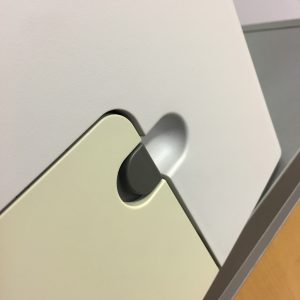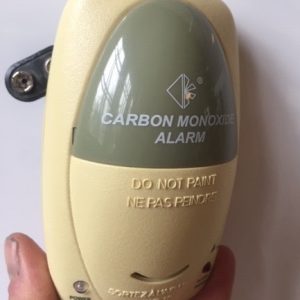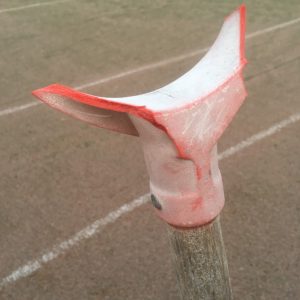UV rays weaken the bonds in and between polymer chains. Free broken “tails” react with oxygen. This affects plastic in two ways:
Mechanically:
- Ductile material turns brittle. Loss of impact resistance.
- Increased sensitivity to stress cracking.
- Cracks that function as stress concentrations.
- Softeners rise to the surface of the product.
Visually:
- Product colours fade or change tone. White turns yellow. After a few years of use, a red flowerpot might have become baby pink.
- Chalking
- Flow lines and reinforcement orientation become visible
- “Desert effect”: visible net of cracks on the surface of the product
These issues, especially when used outdoors, apply to all plastics (with certain exceptions regarding fluoroplastics).
How to design against problems
The negative impacts of UV light are difficult to avoid completely, but they can be mitigated or delayed so as to be insignificant.
- Consider mechanical properties and colour stability as two different cases. Consult your material supplier about mechanical strength and your color supplier about colour stability.
- Opt for base materials like PMMA, PA6, and polyesters, which endure UV better than average. The Plasticprop Material Selection Guide will help you with this.
- In addition, always opt for grades (material and colorant) that are specially modified with UV stabilizers and blockers. “General purpose grades” of any material are more likely to lead to problems.
- Dark colours prevent the UV rays from penetrating deeper into the polymer structure. They also make yellowing less noticeable.
- Consider using carbon black in especially harsh conditions.
- Bear in mind that UV light is also present indoors.
- Painting or lacquering the component is an option as well. Silicate lacquer is commonly used with PC.
- Try to find reference cases of materials that have survived well under corresponding conditions.
- Test. UV chambers are widely available. You can adjust exposure according to your needs. Test mechanically before and after treatment.



